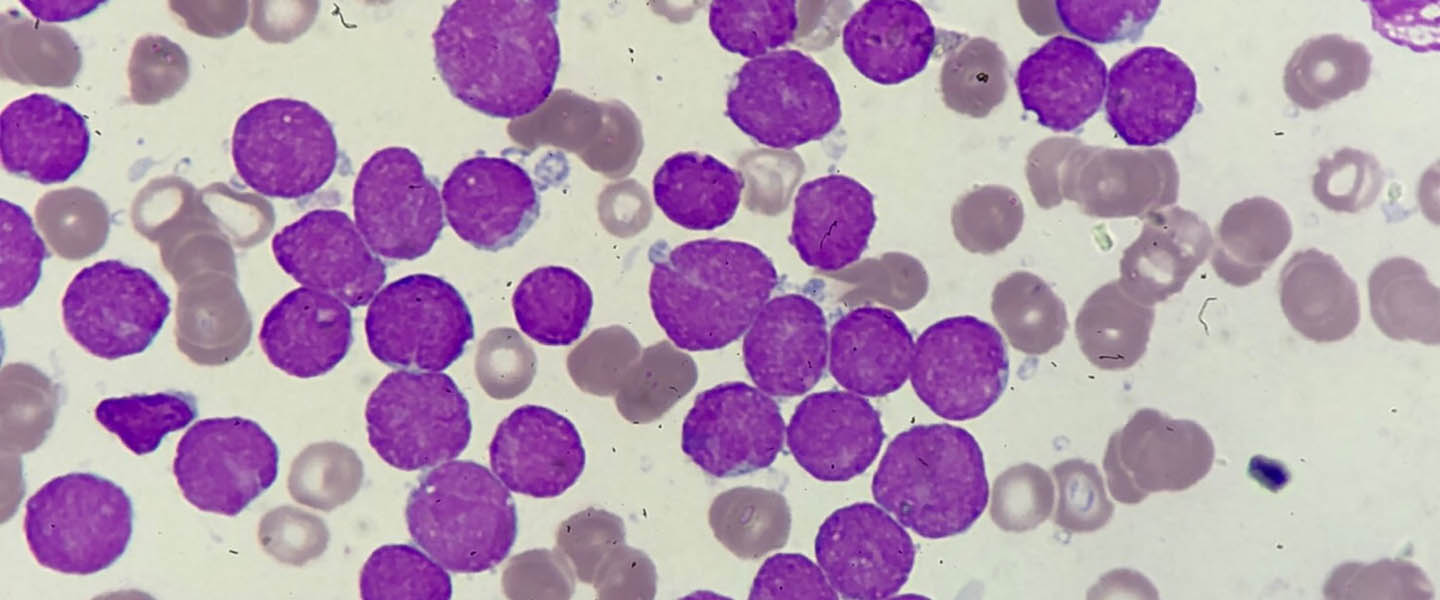
Blood cancers and related diseases affect the bone marrow – the soft tissue inside the bone where blood is made and blood cells.
There are three types of blood cells, namely:White blood cells
Red blood cells
Platelets
Haematological malignancies refer to forms of cancer that begin in the cells of blood-forming tissue, such as the lymphoid organs or the bone marrow. Haematological cancers are acute and chronic leukaemia, lymphomas, multiple myeloma and myelodysplastic syndromes.
Myeloproliferative neoplasms are haematological cancers that derive from malignant haematopoietic myeloid progenitor cells in the bone marrow, such as the precursor cells of red cells, platelets and granulocytes.
Proliferation of malignant progenitor cells leads to an overproduction of any combination of white cells, red cells or platelets, depending on the disease.
These overproduced cells may also be abnormal, leading to additional clinical complications.
Leukaemia is a form of cancer that starts in the blood-forming cells, causing a large number of white blood cells to be made.
These cells are unable to perform the normal functions of white blood cells, so they build up in the bone marrow and spread into the blood. They may also spread into the lymph nodes or other organs, including the liver and brain.
There are four main types of leukaemia:Acute Myeloid Leukaemia (AML)
Acute Lymphoblastic Leukaemia (ALL)
Chronic Myeloid Leukaemia (CML)
Chronic Lymphocytic Leukaemia (CLL)
Acute leukaemia grows quickly and require urgent medical treatment, while chronic leukaemia tends to grow slowly over time.
Lymphoma refers to the cancer of the lymphatic system. The lymphatic system is the network of vessels and nodes in the body that is required to drain fluid from tissue and empty it back into the bloodstream.
With lymphoma, a large number of abnormal lymphocyte cells are made which replaces the normal lymphocytes in the body. This causes the lymph nodes to become swollen and form tumours.
There are two main types of lymphoma, non-Hodgkin lymphoma and Hodgkin lymphoma. The two types of lymphoma behave and spread differently and are therefore treated differently.
The main difference is that Hodgkin lymphoma has an abnormal cell called a Reed-Sternberg cell and tends to occur more frequently in younger adults.